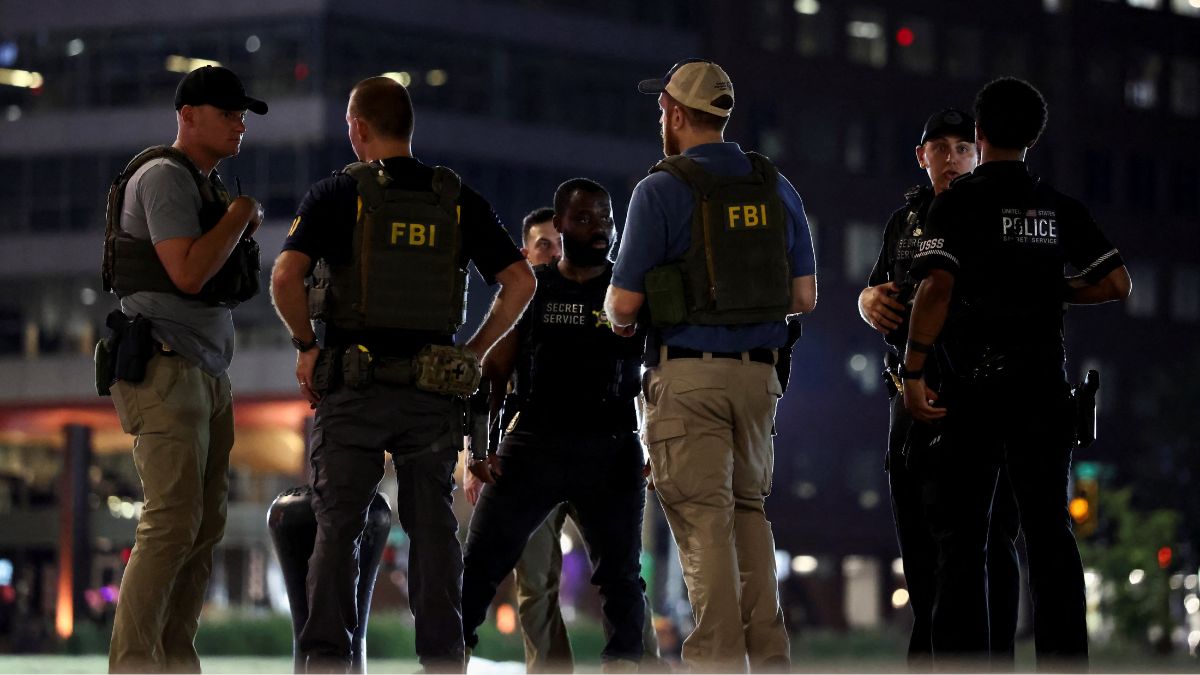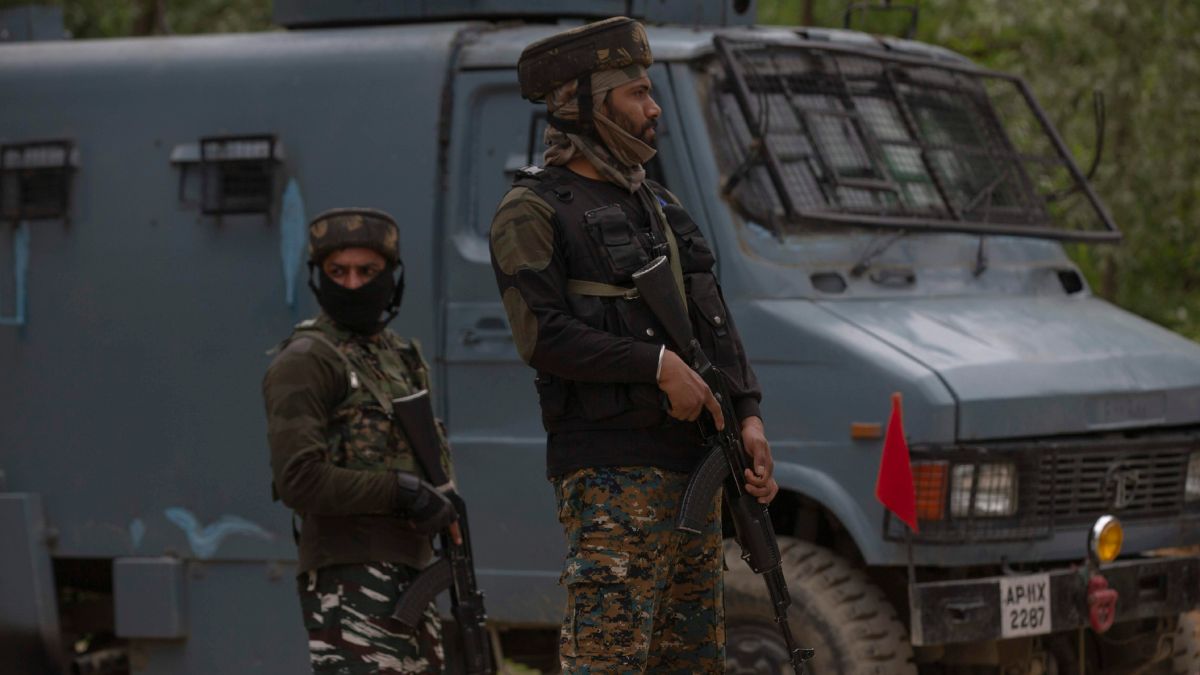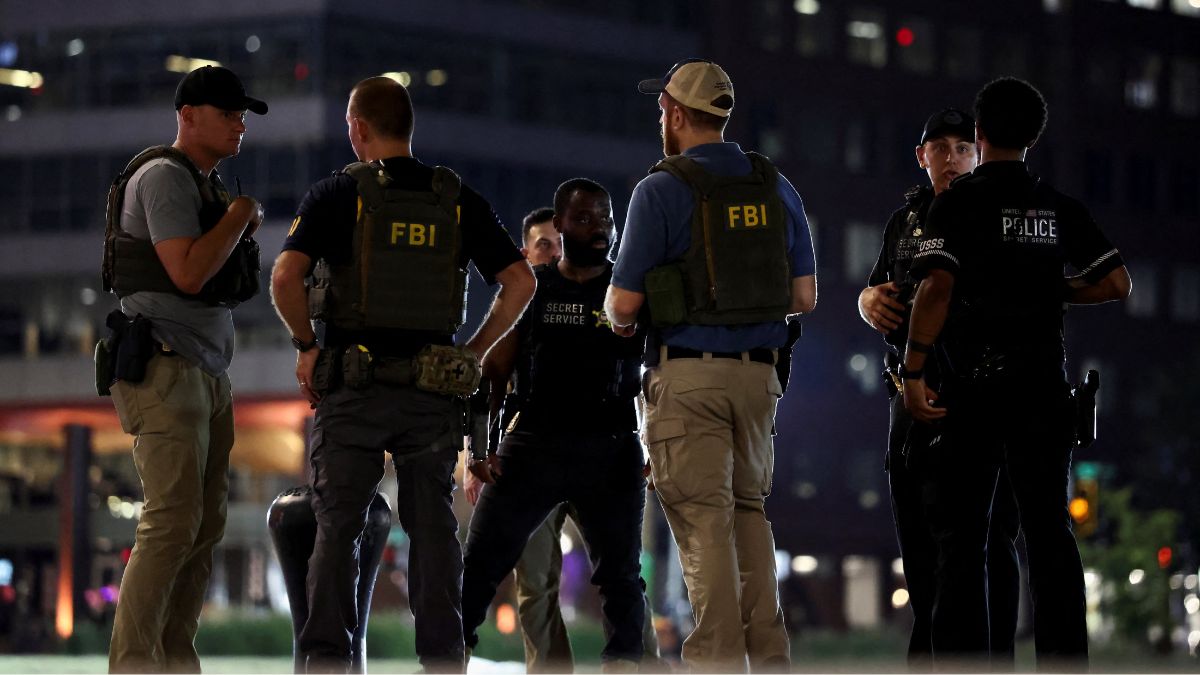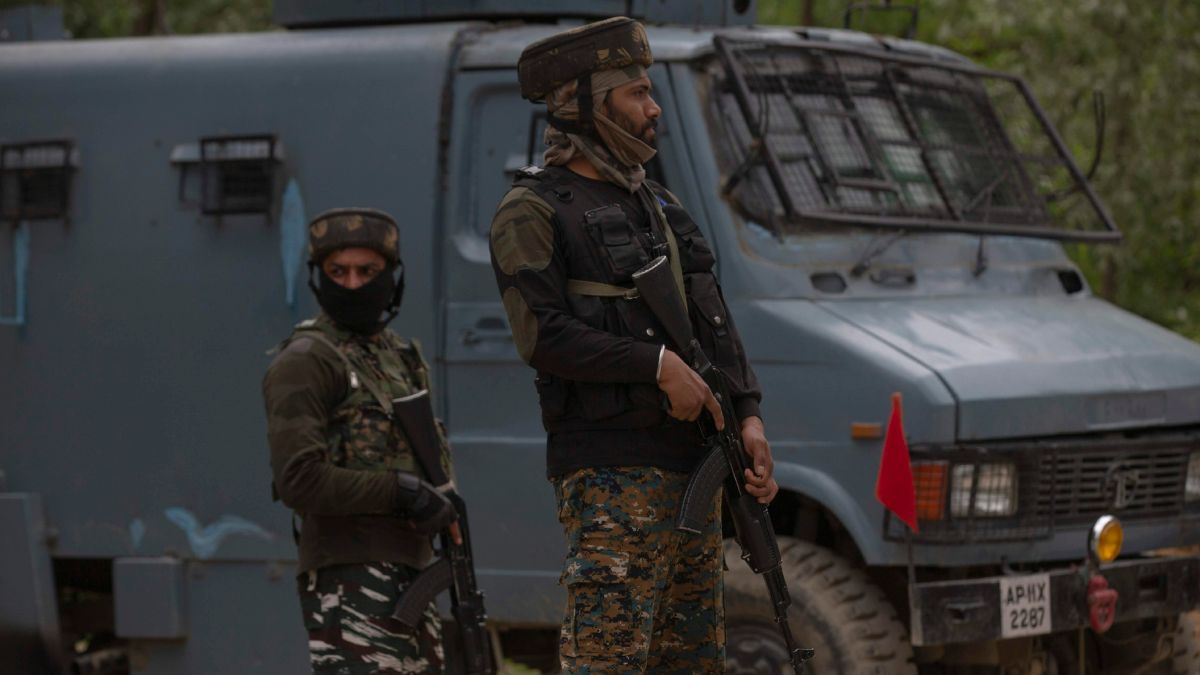In ancient times, passports were quite simply letters of identification for safe passage across domains, permitting people to cross borders without any harm. Even before empires and kingdoms came to be, travellers knew that if they transgressed territorial limits, albeit for trade and commerce, their life and limb could be at risk: it was vital, therefore, to establish their bona fides in strange and possibly dangerous lands. Only a few bravehearts would venture beyond their immediate vicinity; these few needed these letters of introduction. In India, it is estimated that, till say 1800, most people did not travel more than 20 km beyond their homes throughout their lives.
By the 18th century, travel, at least across Europe, had become more easy and the modern concept of passports emerged. The earliest version of passports was introduced in England in the mid-17th century, primarily to facilitate travel for government officials. Over time, usage expanded to include diplomats and eventually the general public. The League of Nations standardised passport formats in 1920, and the International Civil Aviation Organization established further guidelines in 1944.
The concept of visas for travel to foreign countries emerged in the early 20th century. Initially introduced by European countries to regulate migration and control entry, visas became widespread during World War I as a means of monitoring enemy nationals. The League of Nations further formalised visa requirements in the 1920s. Post-World War II, the United Nations facilitated the standardisation of visa policies to promote international cooperation and security. Today, visas are essential documents for entering many countries, serving as tools for immigration control, security screening, and diplomatic relations.
Designing and producing passports involves a blend of technical and scientific strategies to combat forgery. Advanced printing techniques like intaglio, offset lithography and laser engraving ensure intricate detail, making replication difficult. Holographic images, microtext, and UV-reactive inks add layers of complexity. Embedded RFID chips store biometric data, enhancing authentication. Polycarbonate or biometric pages resist tampering and wear, while specialised laminates protect against alterations.
Impact Shorts
View AllWatermarks, guilloche patterns, and optically variable inks thwart duplication. Optical Variable Devices (OVDs), such as security threads and patches, offer visible and covert authentication features. Machine-readable zones employ OCR fonts for automated identity verification. Cryptographic techniques secure digital signatures, ensuring data integrity. Quality control measures, like ISO standards and document authenticity verification, maintain production standards. Continuous research into emerging technologies, like biometric recognition and blockchain integration, further fortifies passport security, ensuring robust protection against counterfeiting.
In today’s understanding, only countries issue passports. A country is a political entity that is able to maintain its sovereignty up till its international borders, can manage its currency independently and organise and implement a system of laws for its citizens. A country acquires legitimacy if this sovereignty is accepted by other countries. A country is a political creation and as such is liable to expand or contract its boundaries or even disappear. Still, there have not been many changes in the borders of the 200-odd countries in the post-World War II era, within the so-called US imposed rules based order.
The idea of a country takes strongly from the nation-state, a post-Westphalian concept, and more specifically a post-World War I creation. In such a scheme, a country is characterised by a common history, language, culture and ethnicity. The passport becomes a formal emblem of identity, a sense of belonging to a particular country as a citizen. Passports are ranked in order of their power as entry documents for visa free travel—quite literally according to the economic prowess of the issuing country. India ranks 80th in this list and we Indians can travel to 62 countries without a visa. France, Germany, Italy, Japan, Singapore and Spain have the most powerful passports in the world and citizens of these countries may travel to 194 destinations visa free.
Identity though is a lot more complicated than citizenship of a country. The Americans mostly use US birth as establishing identity, the Germans used bloodline till recently, the French, an acceptance of the French way of life, the British, well, this is a difficult one, maybe one’s accent when speaking English, but even this may be fraying at the edges in today’s times. What about Indians? I, for one, suggest that one is an Indian if one thinks like an Indian. And how do Indians think? No one knows for sure, but at the same time, everyone knows—this is what characterises us Indians. We are like that only! India is not a post-Westphalian nation state. It is too diverse for that. And yet it insists on single citizenship. If one holds an Indian passport, one may not lawfully hold the passport of another country.
The question of countries allowing the holding of dual passports, is, to my mind frankly speaking, baffling. A passport to me is a solemn statement of identity and loyalty. How can one have two passports? How can one profess divided loyalties? Many countries in the world, including the US, Canada, Australia, New Zealand, the UK and even our neighbour Pakistan allow dual citizenship. What does citizenship mean to an Israeli who also holds a US passport, or to a Kiwi who holds an Ozzie passport? I mention these two examples specifically because they are particularly common.
India has a PIO card which is a sneaky approximation to dual citizenship but it would need another article, maybe even a long treatise, to even try and figure out if NRIs think like us—or like Americans, Australians or natives of whatever country they inhabit. What does “thinking like an Indian” mean in these cases? Remember, I said an Indian is an Indian if he thinks like an Indian.
Even Europe, the archetype of a nation-state continent, has changed. With the Schengen economic agreement in place, anyone who holds a passport of a Schengen country, issued incidentally in the name of the Schengen States and not by an individual country, may live, work and travel in any of these countries without checks or formalities. Visa free travel within this zone without passport controls, and the disappearance of individual currencies with the advent of the Euro has led to a modified meaning of the word ‘sovereignty’. Britain still needs to come to terms with all of this. They did not adopt the Euro nor did they join the Schengen zone. After Brexit do UK citizens feel more British or more European? The jury is still out on this one.
Pakistan is worthy of further mention, an artificial nation-state that is struggling to identify itself after 75 years of existence. It has experimented with passports in different languages (Urdu, Arabic, Bengali, English), while holders of its passports must acknowledge that Ahmadiyas are not Muslims. It has experimented with different names for itself, different shades of green for its passport covers based on whether it considered itself more or less Islamic at that particular time. For a few years it even flirted with two different passports for the eastern and western wings of the same country. In a bizarre move, it also prohibits its passport holders from travelling to Israel. Clearly a schizophrenic and confused place. Where on earth, except in Pakistan would an applicant for an identity document need to articulate on matters of faith? Not surprisingly, the Pakistani passport is the fourth worst passport in the world to have.
Passports as identity markers and emblems of citizenship might have, in former times, been as appropriate as postage stamps and flags to associate people and things with countries. The globalised world today is, however, different. Quite apart from holders of dual passports, many people live in more than one country, marry people from other countries, possibly own property in more than one country, or share a common heritage from several countries. Is it meaningful to associate one particular nationality with the increasing number of people who lead full, productive lives in countries other than the one in which they hold formal citizenship?
The world of sport offers several examples where the concept of nationality seems to break down spectacularly. Is Roger Federer Swiss or South African? Does Rachin Ravindra think like a New Zealander or like an Indian? We see European soccer teams with players from Africa and South America, IPL cricket teams with players from all over, and in an extreme recent example, cricket teams representing non-cricket playing countries—I refer of course to the USA XI and the Canada XI teams in the T20 World Cup, made up nearly wholly of players who trace their roots to cricket playing countries. What is the real identity of Saurabh Netravalkar, who played a pivotal role in ensuring the victory of the USA over Pakistan in the ongoing World Cup? With what nationality does he emote? Does it even matter?
In this scenario, the Olympics opening ceremony, which we shall witness shortly from Paris, with 180 odd country contingents marching stiffly in parade formation and clearly demarcated from each other by their national flags seems oddly anachronistic, with probably many of the sportspersons not even domiciled in the country under whose flags they are participating.
The ancient Olympics made no reference to nationhood. They were contests between individuals. The element of nationality only entered the picture in Pierre de Coubertin’s modern Olympics, launched in the late 19th century during the high noon of the European nation state. It is a city that hosts an Olympics. Why then do sportspeople compete as citizens of sovereign countries? The Games have become contests between countries with their medal tallies. Russia has been banned from this year’s Paris Games because of its ongoing war with Ukraine. The US boycotted the Moscow Games in 1980 and the erstwhile USSR retaliated promptly in the 1984 Los Angeles Games. All this is hyper-nationalism in a world where the concept of nationality itself has become fuzzy.
In the end, it would seem that national identity itself is an artificial concept that has come down to us from early 20th century European politics. It has become somewhat outdated today. Nationality has become subservient to both politics and economics. With Europe itself caught in a maelstrom of cultural, religious and ethnic tensions that have rendered the concept of nationhood nearly meaningless, perhaps the time has come when the traditional passport itself has become obsolete and needs to be replaced by something more appropriate to today’s digital, economy-driven, pan-national world.
The author is an Emeritus Professor in the Indian Institute of Science, Bengaluru and is the author of Bharat: India 2.0 published in 2021. He has an H-index of 104. Views expressed in the above piece are personal and solely that of the author. They do not necessarily reflect Firstpost’s views.


)
)
)
)
)
)
)
)
)



